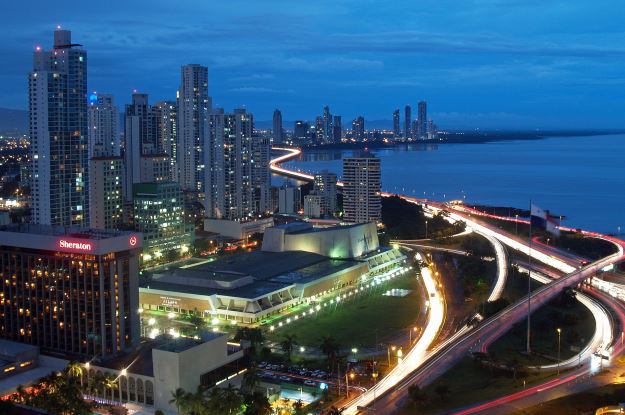The launch of two Latin America-focused investment funds less than 48 hours apart — Rokk3r Labs’ Rokk3r Fuel and 500 Startups’ Luchadores II — in March made clear that a recent boom in investment in the region is not a passing trend, but robust growth built on a solid base.
Last year, the number of venture capital (VC) deals reached a record high of 197, up from 182 in 2015 and 56 in 2014. While no competition for India and China, VC funding in Latin America hit $594 million in 2015, representing five straight years of growth, according to Latin America Venture Capital (LAVCA) While funding dropped in 2016 – down to $500 million, still well above 2013 and 2014 levels – this coincided with general VC caution.
“This fund really wants to look for those hidden treasures that have not traditionally been the focus of these funds,” said Rokk3r Labs managing partner Germán Montoya of the $150 million investment fund Rokk3r Fuel.
Long-term changes in the region are fueling this growing interest. Investment funds looking south are drawn by high-quality startups, increased access to the internet, and the opportunity to offer solutions to established regional industries, investors explained.
One of the biggest factors behind their growing interest is increased access to the internet. For Santiago Zavala, 500 Startups’ managing partner in Mexico, greater connectivity is opening the continent to investors. Indeed, between 2010 and 2015, internet access in the region increased to see 54.4 percent of Latin American and Caribbean citizens get online, growth of 20 percentage points. As of 2016, internet penetration across the region hit 62.3 percent, 12.2 percent higher than the global average.
While there is still plenty of room for improvement, markets like e-commerce are “getting better and better,” Zavala said. This in turn is catching the attention of organizations like the International Finance Corporation, a member of the World Bank Group which relies on startup experts as conduits for investment. Luchadores II, the $10 million early-stage venture fund announced by 500 Startups, for example, was backed by IFC.
“We look for the best VC investment opportunities in all of our markets and focus on those that offer optimal combinations of return and impact potential,” said IFC investment officer Dipta Shah. “Latin America and the Caribbean is a region of focus for our VC activities given the relatively high quality of startups emerging from this geography and the impact these businesses are likely to generate within and beyond their respective ecosystems.”
Beyond Rokk3r Labs and 500 Startups, organizations betting in the region include start-up accelerator Wayra, a Telefónica initiative that now has a presence in 10 Latin American countries; MassChallenge, from Massachusetts, which launched its latest Mexico accelerator on April 26, Washington, D.C.-based Village Capital, and many more.
The draw is not evenly spread across Latin America, however. While Montoya praises Brazil’s culture of investing and VC management, and Zavala tips “Peru and Colombia” as promising prospects, other countries remain unappealing to investors.
“It is going to be hard to see strong entrepreneurship in Venezuela, or in places where the economic and political drivers are not in place,” Montoya said. “Most of the markets are not big enough and the access to potential clients is reduced.”
Yet the enthusiasm of those who have bet on Latin America is evident. Zavala gushed over the success of Luchadores I — an initial group of 16 startups that has raised $95 million and boasts combined revenue of $73 million — and said that “absolutely” there will be further incarnations of the Latin American fund.
He sees opportunity in places like Peru, for example, where startups can solve problems for stalwart regional industries such as extractives.
“There is a lot of money in the mining industry (in Peru) and a lot of intelligent people doing things with machine learning,” he said. “We expect to see a number of companies going into this industry.”
There is risk, but also much untapped worth waiting for more funding and expertise. Despite the recent growth in investment, Zavala said, “from here it feels like it is not enough. We definitely need more.”
—
Griffin is a freelance journalist based in Argentina.








